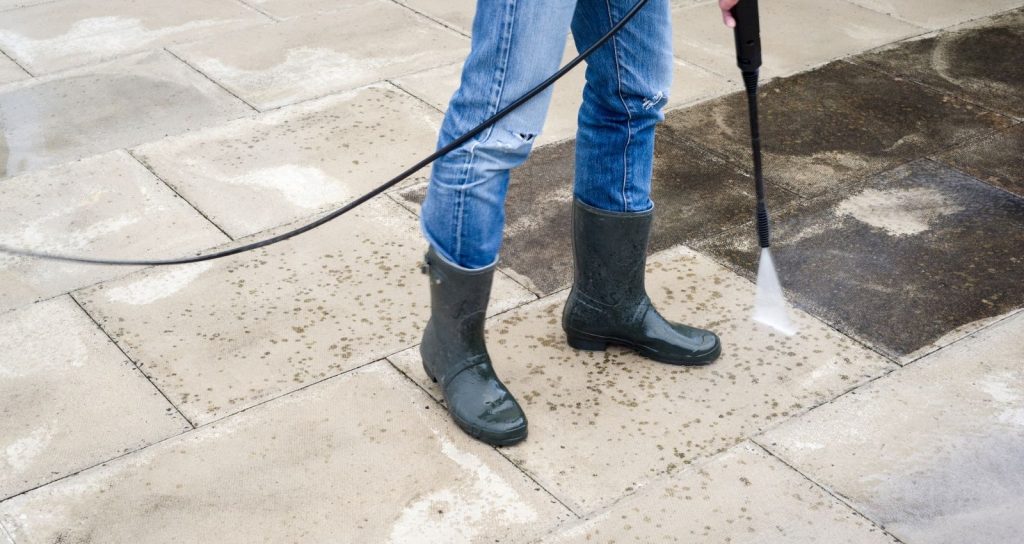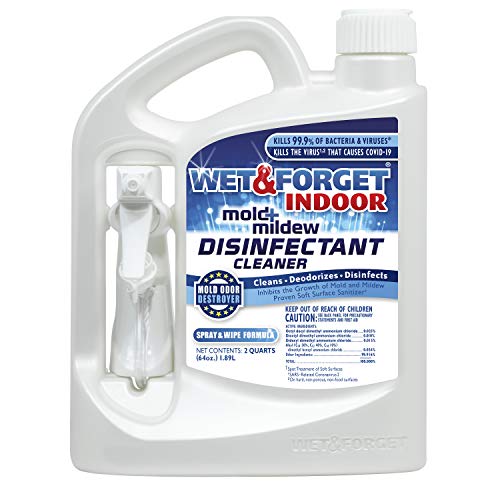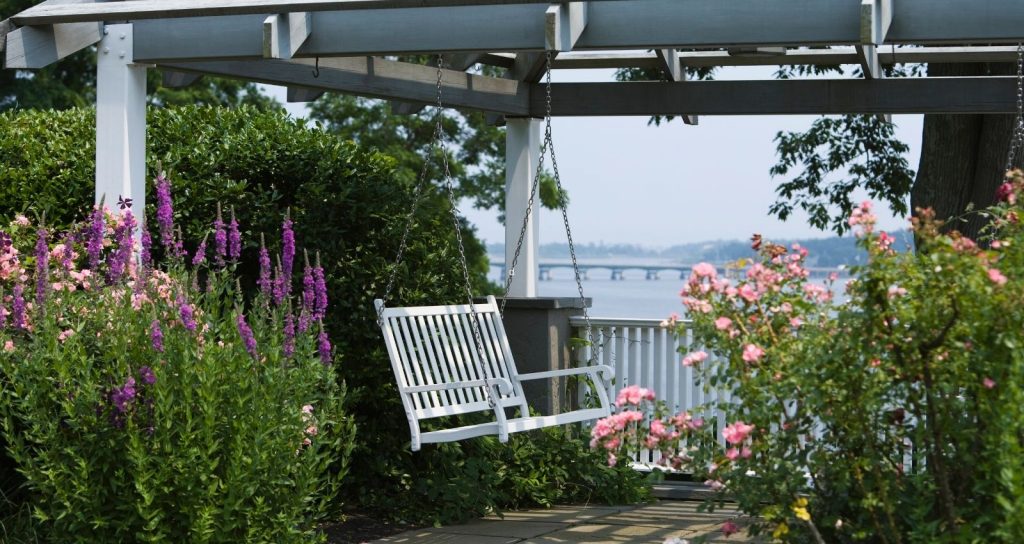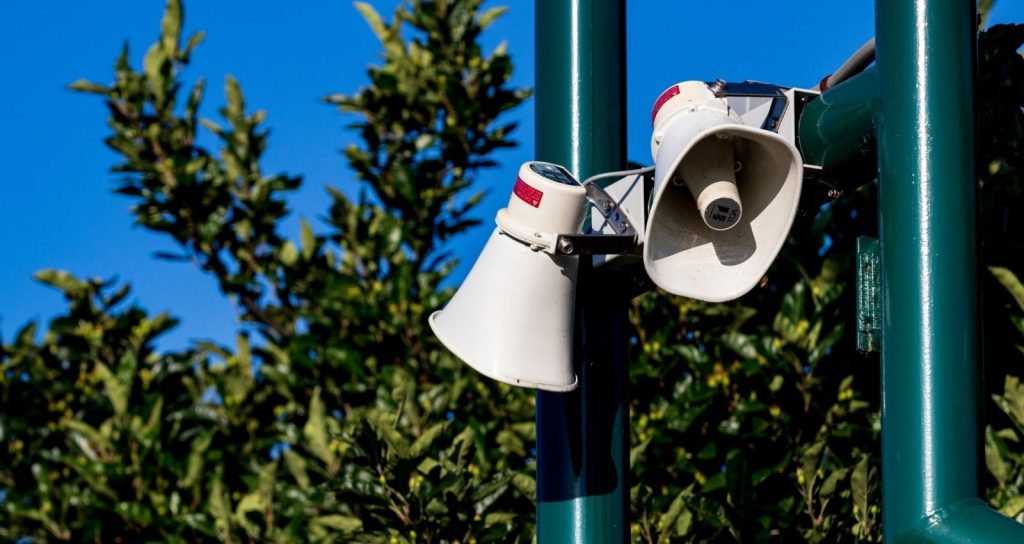Disclosure of Material Connection: Some of the links in this post may be "affiliate links." This means if you click on the link and purchase an item, I will receive an affiliate commission. Disclosure in accordance with the Federal Trade Commission's 16 CFR, Part 255. This site is a participant in the Amazon Services LLC Associates Program, an affiliate advertising program designed to provide a means for sites to earn advertising fees by advertising and linking to Amazon.
If you’re reading this, then it probably happened: parts of your patio’s floor have turned green and slimy. And not only is it unsightly—it is slippery! Now you need to know how to remove green algae from a patio, right?
You’ve come to the right place: by the end of this piece, you will know why green algae happen, and more importantly, how to remove all of it.
Why It Happens
Four are the elements required for this phenomenon: humidity, air, bacteria, and shade. For this reason, it’s not only the patio that can be susceptible to algae growth—it can, and does, happen in basements, walkways, decks, fencing, you name it. It does, of course, depend on the floor in question, though we will discuss this more in depth further down.
You may be glad to hear, algae will not cause structural damage to the surface it is on. That said, aside from making the area look, well, unkempt, it can turn floors slippery, making them potentially unsafe. If left untreated, the algae will eventually dry up and take on a black color that will not be much more flattering.
Preparations
Autumn and Winter are too ideal a time for algae to proliferate, to the point that you will tackle the issue only to see it reappear before long. Thus, this is an undertaking better left for Spring, when it is more sunny and not so damp. This way, your patio will be algae-free throughout the summer. Regardless of your final choice for addressing this issue, there are a few bits of equipment worth getting beforehand:
Buy on Amazon- A dust mask; the air is likely to catch a certain volume of particles, and you don’t want to breathe those in.
- A set of appropriate gloves; depending on your choice of cleaner, it might be best to keep your skin covered.
- A stiff broom, for easily scrubbing the floor.
A plastic scraper, to deal with tougher areas after you clean, if necessary. A set could provide you with tools for this particular job and some others.
Your Options for Removing Green Algae From Your Patio
There are several ways to go about clearing algae off your area. If one doesn’t work, you can always try the next.
Boiling Water
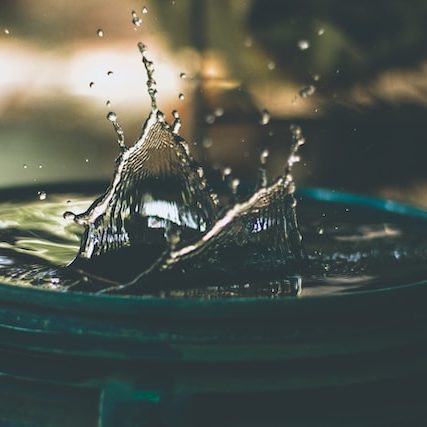
The simplest alternative. Fill a bucket with boiling water, carefully pour it over the affected area, then use your broom to scrub the algae away. For the final step, you can hose it down to clear away any remaining debris.
Dry it Out

This can sometimes be achieved by simple exposure to the sun; if this is not feasible or fast enough, you can rely on a fan or a heater. Once all moisture has gone away, you can then scrub with your broom, or with a scraper if there are some stubborn areas.
Steam Cleaning
If you happen to own a steamer, you can use it to your advantage. Let your machine warm up, then apply blasts of steam over the area; this should make the algae easy enough to remove by simply scrubbing away with your broom. Afterwards, it can’t hurt to hose the area down and retouch with a scraper if necessary.
Buy on AmazonPressure Washer
Even though using a pressure washer does not require chemicals, it’s still a pretty powerful alternative, and it requires approaching with a degree of care. If the area you intend to treat has any grout within, you should be careful not to aim at those points, as you could bump the grout off. Before starting, aim your stream at a small, inconspicuous area; if it shows any sort of damage, it might be best to not use the washer.
Buy on AmazonIf you feel confident enough to use the machine, it’s recommended to scoop up the waste water using an appropriate vacuum.
Vinegar
Although you can rely on your kitchen’s stock, you can always go for cleaning vinegar, which is far more concentrated—making it better for our purposes—, and it is still environmentally friendly. Mix it with some water, spray the resulting solution. Hose it down, then apply the vinegar full strength and scrub vigorously. For the last step, rinse thoroughly with the hose.
Buy on AmazonAnother alternative that is often mentioned is bleach, but we don’t feel very enthusiastic about it: aside from being so corrosive it could cause damage to your floor (not to mention the risk to any neighboring plants), its fumes can irritate, or even damage, your lungs.
If you feel you absolutely must go this route, remember to dilute at a 1:4 ratio (1 part bleach per 4 of water), use as far away from your plants as possible, and be careful to maintain ample ventilation. Also important to remember, do not mix bleach with any other cleaners—vinegar included—, as this can result in particularly toxic fumes.
Commercial Cleaners
Algae, mold, and similar growths are not exactly isolated issues, which means there are some products specifically designed to tackle them. There’s this one, for example, whose formula can take some time to act (especially on areas where algae presence is denser), but it is praised for its effectiveness.
Buy on AmazonThis particular format has the advantage of merely requiring a hose to be attached to one of the ends for a rather potent stream that can reach up to 30 feet, making it ideal for cleaning up walls and even the roof. There’s no scrubbing necessary, either—hence the name. Just spray it, and let the results show themselves in due time.
How to Prevent Green Algae Build Up
This is a tricky one—if your area is humid enough, it’s almost certain that any areas that have gotten algae growth on them will get it again. Commercial algae cleaners do help in staving it off, at least for a while. Aside from that, if you happen to just be designing (or remodeling) your patio, you can always try to choose less porous materials for the floor.
Certain types of rock, such as slate, marble and granite, are more impermeable; if you’re opting for wood, softwoods like cedar and pine will serve you better than oak and other hardwoods.
Another possible option would be going for a slanted (rather than perfectly horizontal) patio floor. This helps with drainage, preventing the accumulation of water that algae thrive on; it is also potentially inconvenient.
Closing Summary
If you see algae on your patio floor, don’t feel disheartened—it was likely bound to happen due to climate conditions and your patio’s makeup.
There’s no potential structural damage to worry about; that said, aside from it being unsightly, nobody wants to set foot on a slippery patio. With the right equipment, it doesn’t take a lot of effort to address the issue and remove green algae from your deck or patio.

